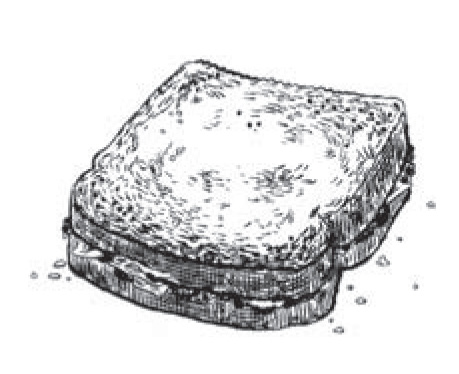Much has been written of the old murder ballads. But what of the old hugging ballads? These quaint tales of people hugging may not carry as much intellectual clout as their bloodier cousins, with their torrid and piquant descriptions of sharp daggers, burying holes, and thwarted passions, but, in their own way, hugging ballads paint a fuller picture of a more rustic time, providing a much-needed counterbalance in the cultural imagination.
“Lord Hampton met Tom Worley out upon the foggy moor / They hugg’d and hugg’d and hugg’d and hugg’d / And then they hugg’d some more / Lord Hampton hugg’d his friend so hard his eyes popp’d from his head / And half an hour later poor Tom Worley lay there dead.”
That’s a terrible example.
Hugging as we know it today enjoys a long and notable history, dating as far back as the Jimmy Carter administration. Carter, nicknamed “The Friendly President,” loved to play pranks on visiting dignitaries who were unaccustomed to his folksy Southern style. Presidents prior to Carter were renowned for their taciturn and even sour demeanors, especially Chester A. Arthur, who was such a big jerk you wouldn’t believe it. Oh, sure, if you complimented his muttonchops you couldn’t shut him up. He’d tell you all about his special shampoo, but you didn’t dare try to change the subject, or even let your gaze wander in embarrassment as he sat there just stroking his muttonchops with an almost-erotic intensity! Countless unfortunates had their citizenship revoked in just that way.
The election of Carter, then (significantly, the first president to abandon “the muttonchop look”), heralded a fresh start for the country. But little did anyone expect a crazy new fad to take hold. It all arose from Carter’s natural warmth.
When an ambassador or special guest walked through the door, President Carter would run up to the unsuspecting personage, shouting, “What did you bring me? What did you bring me?” He then embraced the “victim” with his full body, running his hands over the guest’s torso as if searching for trinkets from foreign lands that might be hidden in a secret pocket or cranny. Sociologists theorize that it was precisely Carter’s lack of muttonchops that allowed him to exhibit a literally “cheek-to-cheek” closeness unprecedented in the annals of human behavior.
Named for its first recipient, Hugh Hefner, “hughing” (later altered to “hugging”) proved so pleasant that its more frivolous outer trappings fell away over time, and soon Carter and his chosen friend or acquaintance would just stand there in silence for twenty minutes or more, holding one another tenderly and sometimes softly weeping.
By now, hugging was a national trend. Every restaurant served “hugging sandwiches,” in which seemingly disparate ingredients were nudged together in a culinary “hug.” Peanut butter and jelly, as well as ham and cheese, were just a few of the experimental combinations that caught on and continue to be enjoyed today. “Hugging parties” were all the rage! These were later renamed “orgies.”
But if our styles of hugging have changed, our propensity for it has not. In fact, you might just say that people have “embraced” hugging. I bet if I looked on the internet right now, I could find a video of a baby chimpanzee hugging a cute rabbit, and that is just one example of hugging. Another one would be two kittens hugging, or even a puppy hugging a kitten.
Despite what certain doomsayers might insist, the digital age has not “squeezed out” our desire to hug. If anything, our hugging power has been enhanced by technology. As we sit at our computers late into the night, consuming “energy drinks” and searching for photographs of people hugging in ever more interesting ways, we find ourselves presented with a new opportunity, what we might call the future of hugging: I am referring, of course, to hugging ourselves.
And isn’t the hug you give yourself the greatest hug of all? No, it’s still the kitten and the puppy—that’s still the greatest.





